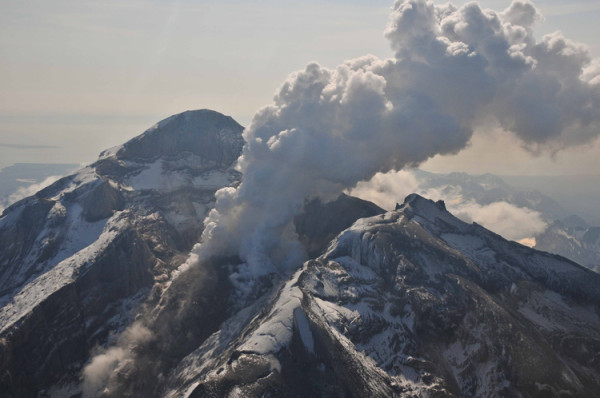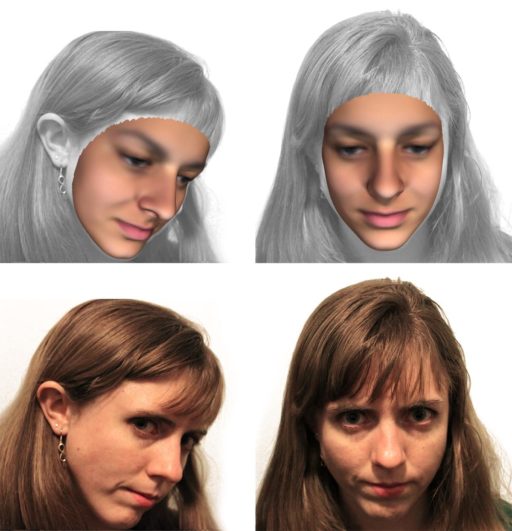It is not unusual for swarms of small earthquakes to precede a volcanic eruption. They can reach a point of such rapid succession that they create a signal called “harmonic tremor” that resembles sound made by various types of musical instruments, though at frequencies much lower than humans can hear. However, a new analysis of an eruption sequence at Alaska’s Redoubt Volcano in March 2009 shows that the harmonic tremor glided to substantially higher frequencies and then stopped abruptly just before six of the eruptions, five of them coming in succession.
Alicia Hotovec-Ellis, a doctoral student in Earth and space sciences of the University of Washington discovered this strange and repeating seismic behavior of eruptions of Redoubt Volcano in 2009. Ellis, said that the frequency of this tremor is unusually high for a volcano, and it can not be easily explained by many of the accepted theories. So, to get the idea what might have caused all the screaming and then the silence before the volcanic storm, Ellis and her colleagues made a model.
They converted from seismic waves, sped up 60 times into audible sound waves – listen to this file which is a real recording of Redoubt Volcano. They found that what they were hearing was a drum beat of quakes that get faster and faster until they blurred together in a rising sound and then go quiet. The found that it’s the blurred rising sound which they attributed scream.
The model has been published in the journal Nature Geoscience. The model shows the rapid slipping of lots of small faults that have been identified underneath the volcano. The cause of the slipping is that they are near the conduits of molten, gassed-up rock that is super-pressurized and about to blow. In the high pressure just before the volcano erupts might be enough to speed up the quaking faults so that they slide more quickly and quietly, instead of slipping and halting.
Seismologists analyzing the harmonic tremors of the Redoubt Volcano have created two recordings of the seismic activity which can be heard here. For more details, visit Discovery.
Source: Discovery
Thanks To: Nature World News
[ttjad keyword=”dslr-camera”]



